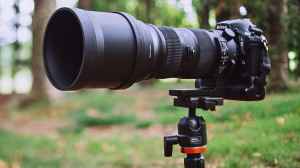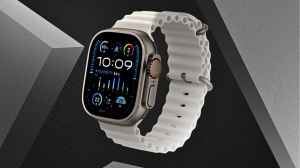When it comes to sports photography, the camera you choose can make a big difference. Both have their strengths and are used widely depending on the type of photography. In this article, we’ll look at what each camera offers and help you understand which might be better for sports photography.
DSLR Cameras
DSLR stands for Digital Single-Lens Reflex. These cameras use a mirror mechanism that reflects light into an optical viewfinder. One of the key benefits of DSLRs is their reliable autofocus and long battery life. They also offer a wide range of lenses, making them useful for shooting fast-moving sports events. Many sports photographers prefer DSLRs because of their strong build quality and fast performance. Models like the Canon EOS 90D or Nikon D7500 are good examples of mid-range DSLRs that can handle action shots quite well.
Mirrorless Cameras
Mirrorless cameras, as the name suggests, do not have a mirror inside. This makes them smaller and lighter than DSLRs. They use electronic viewfinders or digital screens to show the image. These cameras have improved a lot over the years and now offer fast and accurate autofocus, which is great for sports photography.
Both DSLR and mirrorless cameras have features that can suit different sports photography needs. DSLRs are known for their durability, battery life, and dependable performance, while mirrorless cameras offer speed, portability, and advanced autofocus systems. The best choice depends on what matters most to you, whether it’s handling, lens options, or size.
Which Is Better For Sports Photography, DSLR or Mirrorless Camera? Top Picks
Whether a DSLR or a mirrorless camera is better for sports photography really comes down to what you're looking for. Make sure to consider what you may need more of: speed, size, battery, or lenses.




